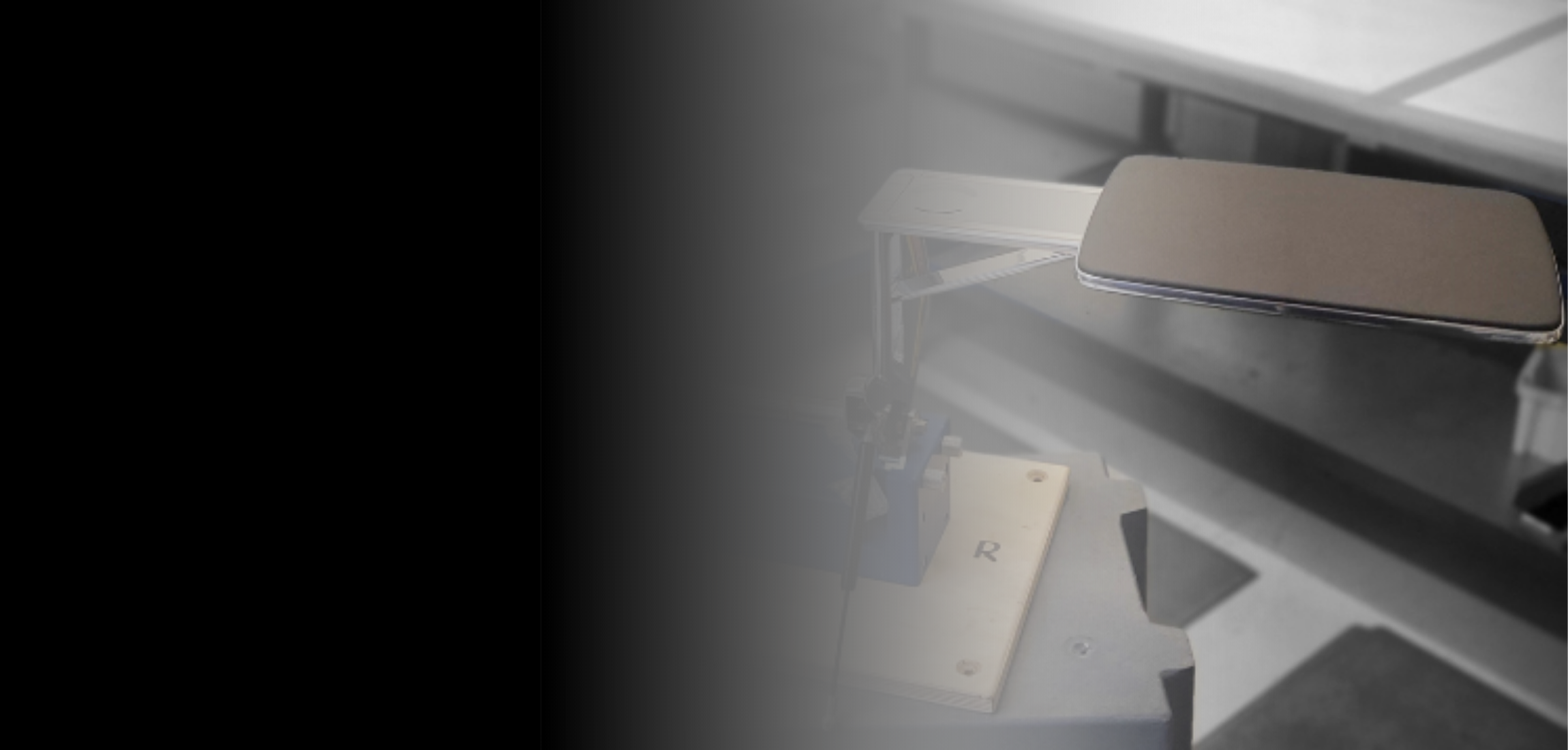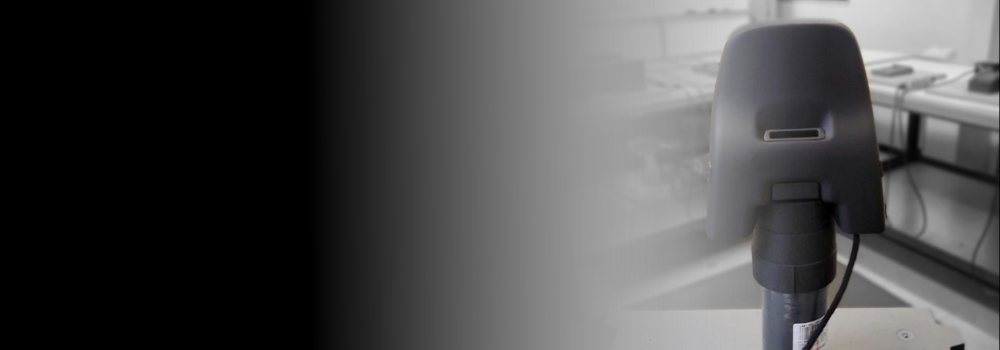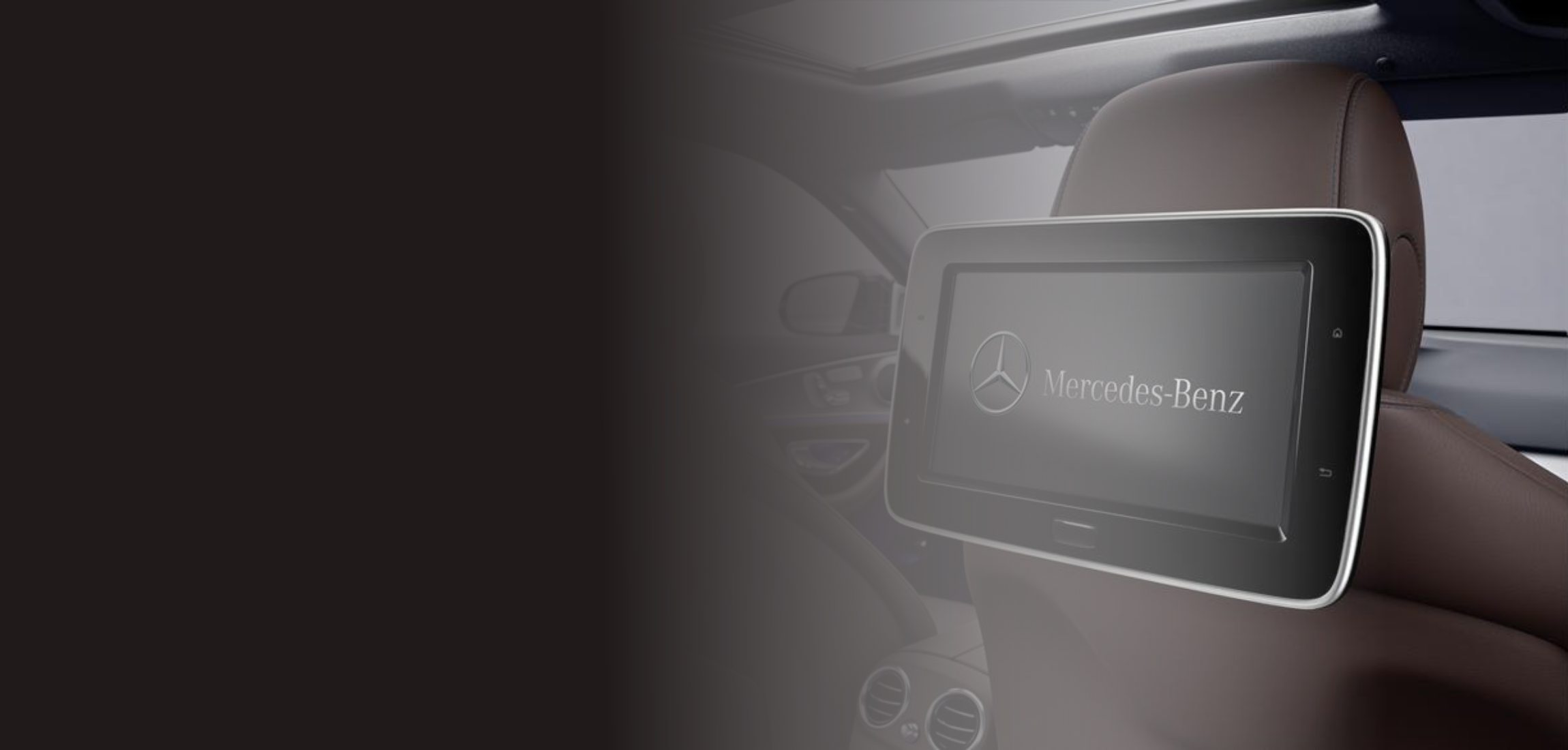Volvo XC90 Table Project
Overview
The Volvo challenge started with a concept proposal from Volvo that Centurion took to a prototype level for fitment to a show vehicle at the 2015 Shanghai Motor Show. The vehicle was well received and the rear seat environment including the table was highly praised. As with many vehicles the production version cannot always simulate that of the concept show vehicle, the same would be said for the Volvo table.
To productionise the prototype would take an in-depth investigation into many aspects of the design to achieve solutions that satisfied the customer expectations for function, style, and quality. At the same time performing in the automotive environment. The development processes would start with a benchmark study to understand competition, IP, USP, and art of the possible. Following with a research on the feasibility of the request for the specific vehicle, including choosing low friction materials with additional damping mechanisms to minimise squeaks and rattles of the table.
The development also considered:
Deployment – ease of, mechanised, motorised.
The approach to the deployment of the Volvo table was to minimise the number of actions. The decision to run with a single solid table top albeit slightly smaller than envisaged meant that we could limit the actions to lift, tilt, and slide to place the table at the user. For an arm rest system this is one of the least number of actions on the market. The tilt action would also automatically lock the table in the upright use position.
Ergonomics – access, deployed location, adjustability.
To achieve the Volvo quality and appearance requirements the structure of the table used chrome plated casting, these proved to be of a significant weight. Gas struts were added to assist both rise and fall as it was moved to and from the arm rest stowage area. These were tuned to just support the table during this action and achieve a element of retention when stowed or deployed utilising the over centre action of the pivots.
Styling – can customer aesthetics be met with the materials needed to meet specifications.
Initially in the development of the Volvo table there was the expected discussions of styling vs part feasibility, these were overcome amicably.
The finishing of metal parts with chrome, and wrapping plastic components in real leather, are well known for their challenges and the Volvo table did not disappoint in this area. Alongside our suppliers we achieved suitable process capability for these components.
Passenger table in automotive is a modern interpretation of vehicle comfort.
Centurion have been involved in several studies to conceptualise and propose design solutions for this market including Bentley Mulliner and others.
This case study for Volvo highlights the many factors to consider during the design process, with customer wants and needs impacting these throughout. Centurion have met these challenges and have built a greater knowledge base to facilitate future opportunities that we hope you can take advantage of.







